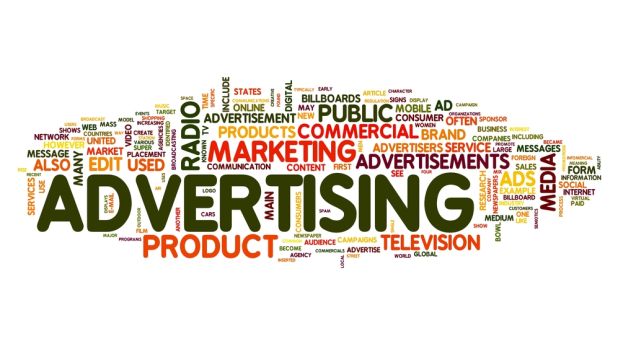Study Shows Links between Food and Alcohol Ads and Obesity and Drinking
Post Views 0The Children’s Hospital at Dartmouth-Hitchcock Medical Center has released data from a new study that shows children who recognize fast-food commercials from television are more likely to be overweight and children who recognize alcohol ads from television are more likely to drink than those who do not recognize these ads. Over 2,500 youths were questions in one study between the ages of 15 and 20 regarding their exposure in life to alcohol, if they prefer one alcohol ad over another and if they own alcohol merchandise.
During the study, the teens were shown 20 images from popular television ads for alcohol and 20 ads for fast food. The brand names were not present on the images and then the people involved in the study were asked if they could recall the ads, if they enjoyed the ads and if they know the products in the ads. The study shows that 59 percent of teens drank and 49 percent engaged in binge drinking at least one time last year. The familiarity with the alcohol ads was much higher in those who drank than those who did not drink. More hazardous drinking was linked to those who own alcohol-branded merchandise or those who have a favorite ad for alcohol.
“At present, the alcohol industry employs voluntary standards to direct their advertising to audiences comprised of adults of legal drinking age,” said study lead author Dr. Susanne Tanski. Tanski is an assistant professor in the department of pediatrics at Children’s Hospital at Dartmouth.
“Our findings of high levels of familiarity with alcohol ads demonstrate that underage youth still frequently see these ads,” Tanski added. “While this study cannot determine which came first, the exposure to advertising or the drinking behavior, it does suggest that alcohol advertising may play a role in underage drinking, and the standards for alcohol-ad placement perhaps should be more strict.”
In the second study, 3,300 youths were tested ranging in age from 15 to 23 about their height, weight, consumption of fast food and soda and their behaviors. Those involved were shown 20 images related to television fast-food ads that were on TV within the previous year. The brand names were not shown in the images. The study says that 18 percent of those involved in the study were overweight and 15 percent were obese.
“The relation between fast-food marketing and obesity is not simply that it prompts more quick-serve restaurant visits,” said study co-author Dr. James Sargent. Sargent is a professor in the Dartmouth pediatrics department. “Individuals who are more familiar with these ads may have food-consumption patterns that include many types of high-calorie food brands, or they may be especially sensitive to visual cues to eat while watching TV.”
The authors of the study said that there is a link between obesity and fast-food ads but that additional research is needed to figure out the link.
“A similar association with obesity was not found for familiarity with televised alcohol ads, suggesting that the relationship was specific to fast-food advertising content,” said the study’s lead author, Dr. Auden McClure. McClure is an assistant professor in the department of pediatrics.
Study Shows Links between Food and Alcohol Ads and Obesity and Drinking by Harrison Barnes



 The Highest Advancing Women Share Six Personality Traits
The Highest Advancing Women Share Six Personality Traits  10 Rules of Effective Advertising
10 Rules of Effective Advertising  10 Tips to Improve Your Facebook Business Page
10 Tips to Improve Your Facebook Business Page